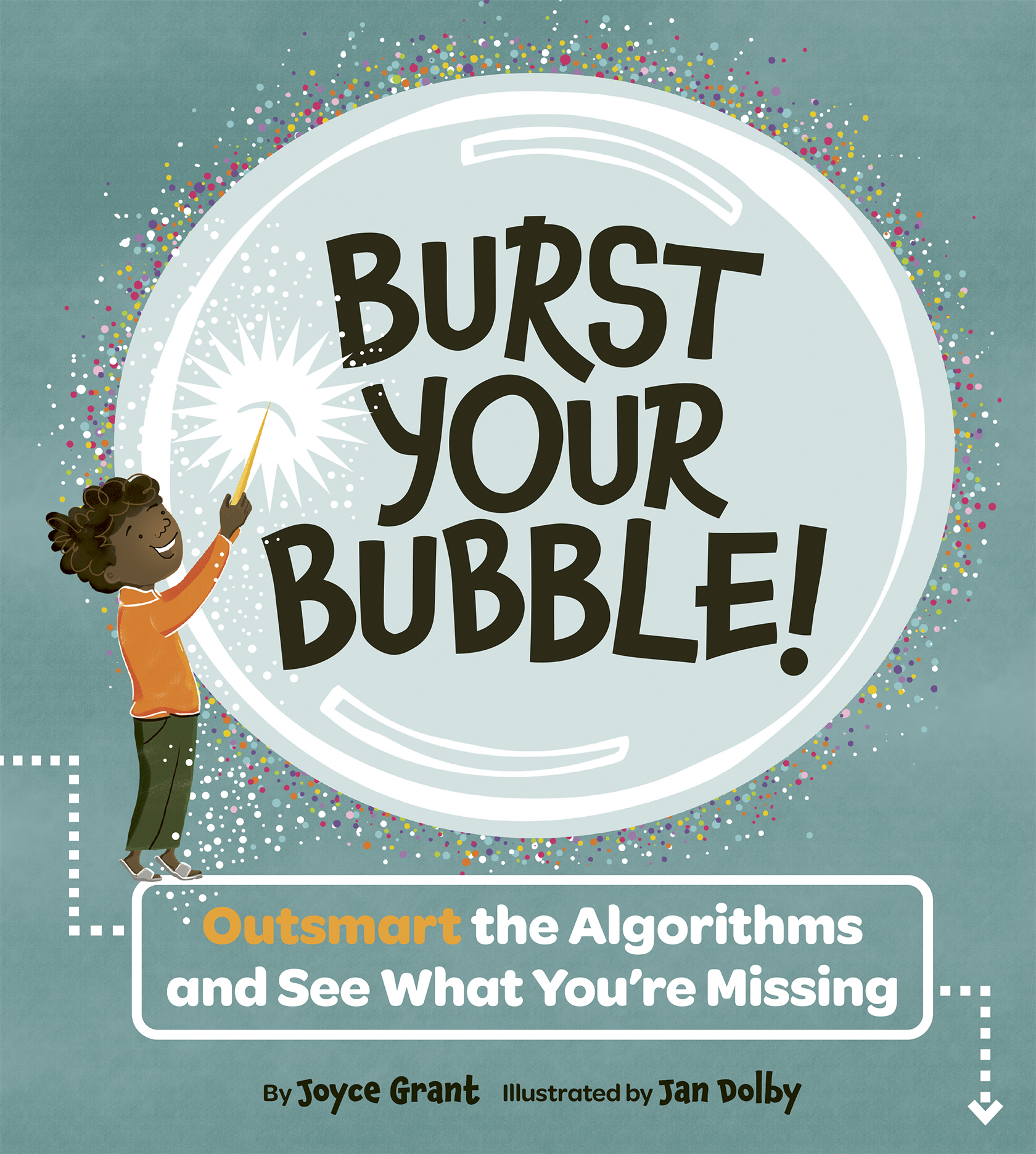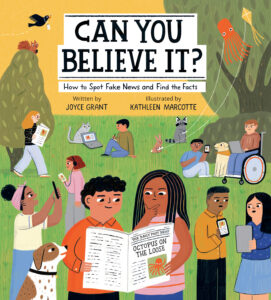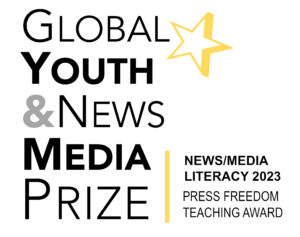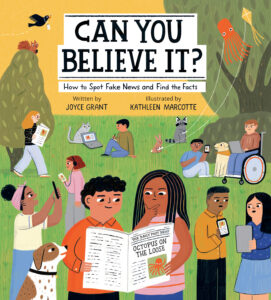
A new joint project between the Canadian and U.S. space agencies will bring a piece of the universe to Earth.
The goal of the mission, known as OSIRIS-REx*, is to study an asteroid.
NASA, working with the Canadian Space Agency, will send a spacecraft to Asteroid 1999 RQ36. A robotic arm will grab pieces of the asteroid.
The spacecraft will be launched in Sept. 2016 and it will reach the asteroid in 2018.
The asteroid will be studied and mapped for about six months in space and then the sample will be brought to Earth in 2023.
Asteroid 1999 RQ36 is part of an early solar system. Because it is rich in organic material, scientists hope that it will give them some information about how the Earth was formed.
This is the first time Canada is participating in an asteroid mission. NASA selected the Canadian Space Agency as its only international partner for this mission.
The mission is being led by scientist Dante Lauretta from the University of Arizona and a team of 40 other researchers.
OSIRIS-REx is part of a bigger, $800-million, 14-year mission, called the NASA New Frontiers Program.
*The acronym OSIRIS-REx stands for Origins-Spectral Identification-Resource Identification-Security-Regolith Explorer.
CURRICULUM CONNECTIONS
By Jonathan Tilly
Writing/Discussion Prompt
The acronym spells out OSIRIS, which is the name of an ancient Egyptian god. One of the things he’s known for is being the son of the Earth god. According to Wikipedia, he was also in charge of the part of the underworld that grants all life, including vegetation.
Why do you think NASA chose the name OSIRIS to represent this mission?
Reading Prompt: Extending Understanding
Today’s story explains that Asteroid 1999 RQ36 will be studied in order to help scientists learn some information about how the Earth was formed. How do you think the Earth was formed? How could studying an asteroid tell scientists how the Earth began?
Primary
Extend understanding of texts by connecting the ideas in them to their own knowledge and experience, to other familiar texts, and to the world around them (OME, Reading: 1.6).
Junior
Extend understanding of texts by connecting the ideas in them to their own knowledge, experience, and insights, to other familiar texts, and to the world around them (OME, Reading: 1.6).
Intermediate
Extend understanding of texts, including increasingly complex or difficult texts, by connecting the ideas in them to their own knowledge, experience, and insights, to other familiar texts, and to the world around them (OME, Reading: 1.6).
Grammar Feature: Sentence Structure
The way a sentence is built is called its structure. Sentences, like all other things that are built, need to have certain things to make them work. For example, the same way a bicycle needs wheels, handlebars, and a seat, a sentence needs to have parts like a subject and an action. However, unlike a bicycle, the order of a sentence’s parts are also important. For example, today’s story includes the following sentence,
“Because it is rich in organic material, scientists hope that it will give them some information about how the Earth was formed.”
The author could have written,
“Scientists hope that it will give them some information about how the Earth was formed, because it is rich in organic material.”
What are the structural differences between these two sentences and how do they affect their readers differently?








